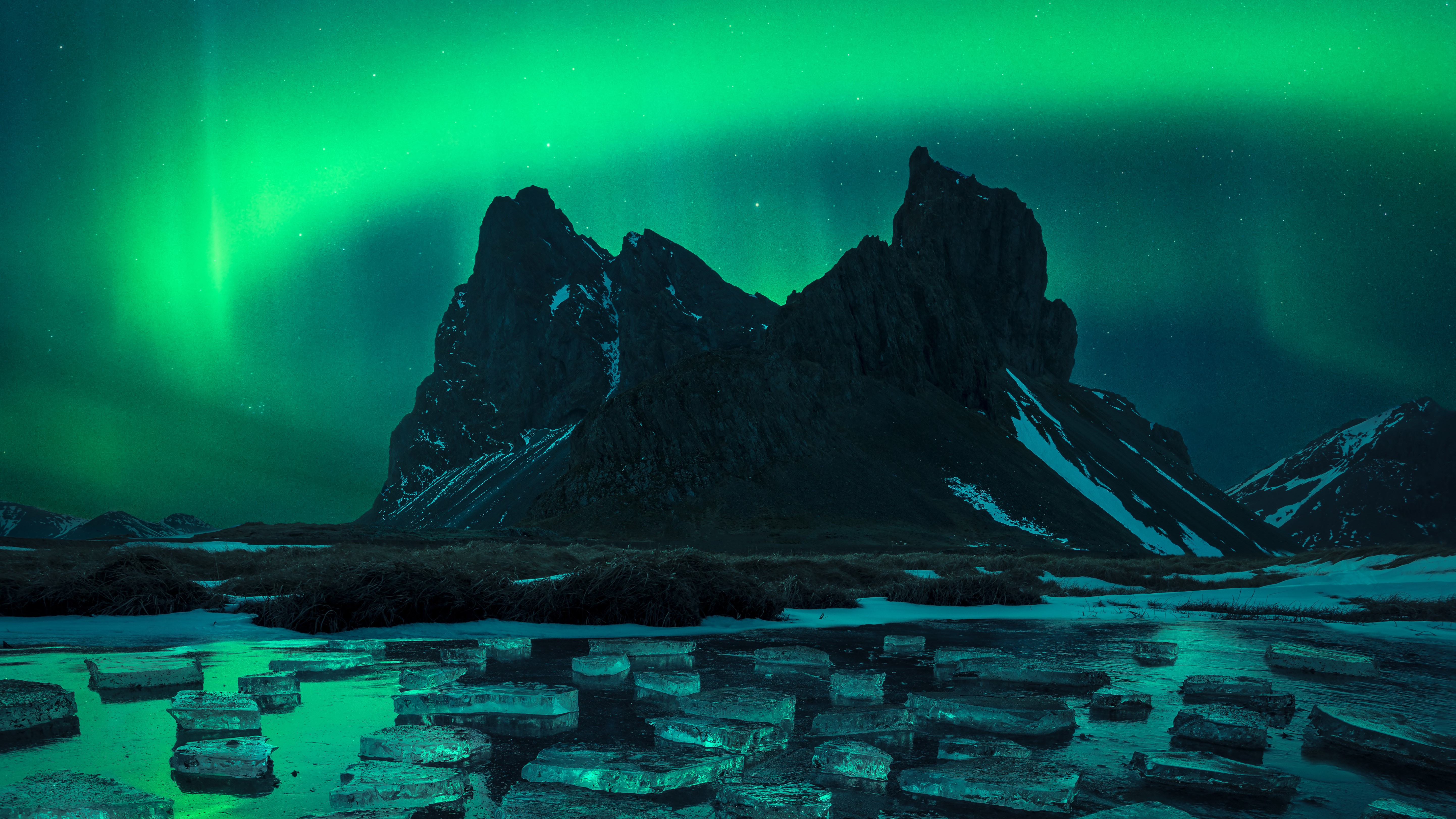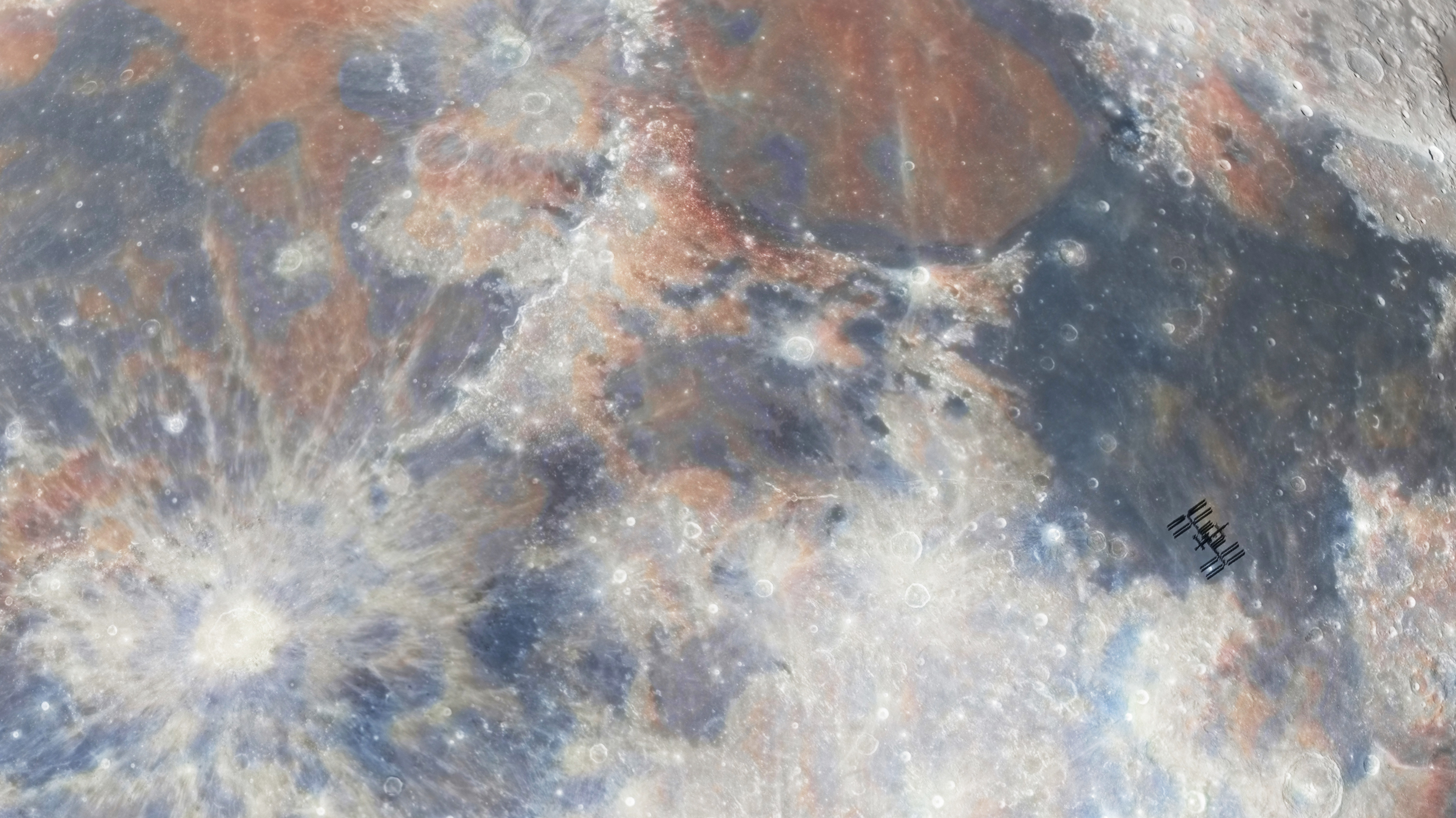Blazing comet tail is whipped by solar winds in astonishing astronomy photo
It was the last chance to see this comet shine.

An ethereal image of Comet Leonard traveling against the solar wind has taken the top prize in the Royal Observatory Greenwich’s Astronomy Photographer of the Year contest.
Austrian photographer Gerald Rhemann caught the view of the comet and its sweeping tail on Christmas Day, 2021 from Namibia. Rhemann’s image reveals a ghostly veil of gas from the comet being caught and swept away by solar wind.
"This award is one of the highlights of my astrophotography work," Rhemannr said in a statement. "All the effort that went into making this image a success was worth it."
Comet Leonard was discovered in January 2021, and made its closest approach to Earth in December of that year. Its tail took on a twisted, streamer-like appearance during that approach as the charged particles from the sun – known as solar wind – interacted with charged particles in the comet's wake. Rhemann's photograph is a once-in-a-lifetime image: According to astronomers, Comet Leonard's trajectory will now take it far into interstellar space, never to return to the central solar system.

The winning image was one of a number of remarkable and unusual photos entered in the contest. "There are some things you won't have seen before, and even some things that won't be seen again," Ed Bloomer, an astronomer at the Royal Observatory Greenwich, said in the statement.

Other category winners include "Andromeda Galaxy: The Neighbor," a glittering photograph of the closest large spiral galaxy to our own Milky Way galaxy, captured by 14-year-olds Yang Hanwen and Zhou Zezhen of China. Their image won the Young Photographer category. Slovakian photographer Filip Hrebenda took the top prize in the Aurorae category with a photograph of a brilliant green aurora rising over an ice-studded Icelandic lake. Martin Lewis, from the U.K. won the Moon category with a stark image of shadows sprawling across a large crater known as Plato on the moon's surface.
The International Space Station (ISS) looks like a toy in American photographer Andrew McCarthy's winning People and Space entry. McCarthy captured the ISS silhouetted against the Sea of Tranquility — a dark, basaltic plane on the face of the moon, and the site of the first crewed lunar landing. Meanwhile, sunspots speckle the solar surface in "A Year in the Sun," which shows how these cool zones on the sun's surface drift over the course of a year. Indian photographer Soumyadeep Mukherjee took top prize in the Sun category for that image.
Get the world’s most fascinating discoveries delivered straight to your inbox.
Zihui Hu of China won the Skyscapes category with a shot contrasting snowy peaks with stars streaking across the night sky. Utkarsh Mishra of India, Michael Petrasko of the U.S. and Muir Evenden of the U.S. captured a shot of an unearthly orange galactic disc in their winning photograph in the Galaxies category. Finally, space seems to be looking back at the viewer in Weitang Liang's "The Eye of God" — a fiery image of the Helix Nebula that topped the Stars and Nebulae category.
A full gallery of the winners and runners-up can be seen at the Royal Museums Greenwich's contest website. The photographs will also be displayed at the National Maritime Museum in London starting Sept. 17.
Originally published on Live Science.

Stephanie Pappas is a contributing writer for Live Science, covering topics ranging from geoscience to archaeology to the human brain and behavior. She was previously a senior writer for Live Science but is now a freelancer based in Denver, Colorado, and regularly contributes to Scientific American and The Monitor, the monthly magazine of the American Psychological Association. Stephanie received a bachelor's degree in psychology from the University of South Carolina and a graduate certificate in science communication from the University of California, Santa Cruz.


